X862 V2.0
Contents
Overview
This is new updated X862 V2.0 version from X862 V1.0.
Some changes:
- We removed the DC JACK power socket of X862 V2.0, X862 V2.0 is powered via USB 3.0 connector.
- We use shorter copper spacer to connect Raspberry Pi 4 and X862 V2.0, which reduces the height of the entire product, so the matching metal case X857-C3 is shoter 3mm than X857-C1;
- The new X862 V2.0 improves the EMC interference issue between Raspberry Pi 4 and USB3.0 device ON X862 V2.0.
- But if you use a metal shell like X857-C3, then you can only use 5.8G wifi AP, 2.4G wifi will not be available(be shielded by metal case);
- As a Raspberry pi NAS device, we advised that you use ethernet network to replace wifi, this will be more stable and reliable.
About the EMC Interference Issue:
We are trying to solve the issue of EMC interference between Raspberry Pi 4 and USB3.0 device with X862 V2.0, X857 V2.0 and X873 V1.2. But we get several feedback that if the external USB device (like wireless mouse, wireless keyboard, display) connected, the system maybe unstable, wifi not available or not boot from the SSD. It suggest to use a USB3 type A to USB3 type A male-to-male cable to replace the USB connetor to test. Or use a usb 2.0 extension cable to move the wireless dongle away from the device.(advice from customer)
The X862 V2.0 M.2 NGFF SATA SSD Shield is designed for Raspberry Pi 4 model B, it provides a complete storage solution for Raspberry Pi 4. New X862 V2.0 ONLY support M.2 NGFF SSD Key-B 2280 length. The X860 V2.0 support UASP for Raspberry Pi 4.
Features
| FOR USE WITH |
Raspberry Pi 4 Model B |
| Operating System |
All Raspberry Pi operating systems |
| KEY FEATURES |
|
| SPECIFICATION |
|
| NOTES |
|
How to Power X862 V2.0
How to power X862 V2.0 if you don't use X735
How to power X862 V2.0 when you use X735
How to select your power adapter
If you have a good quality usb type c power adapter, you can also use a TYPE C power adapter to supply power through X735 type c, otherwise we suggest you choose our power adapter with DC 5525 JACK
Packing List
- 1x X862 V2.0 M.2 NGFF SATA SSD Shield
- 1x USB3.1 jumper
- 4x Screw M2.5 *6mm
- 4x Spacer M/F M2.5 *7+6mm
- 4x Spacer F/F M2.5 *9.5mm
- 1x Screw driver
- 1x Screw M2 *4mm
Matching Metal Case
We use shorter copper spacer to connect Raspberry Pi 4 and X862 V2.0, which reduces the height of the entire product, so the matching metal case X857-C3 is shoter 3mm than X857-C1;
Please refer to X857-C3.
Note: The case of X862 V1.0 and X862 V2.0 are different. X862 V1.0 should use X857-C1 Case, but X862 V2.0 use X857-C3 Case.
User Manual
- About USB boot please refer to Does the X825/X855 support USB boot
- Tutorial – How to Initialize, Partition and Format a Brand New SSD in Windows: File:Tutorial Initalize New SSD.pdf
- https://raspberrytips.com/format-mount-usb-drive/
- Difficulty booting from SSD drive
- PCB file:File:X862-PCB-v2.0-DWG.dxf
FAQ
Q1: What to do if the WiFi is not available?
A:
- 1. If you use a metal shell like X857-C3, then you can only use 5.8G wifi AP, 2.4G wifi will not be available(be shielded by metal case);
- 2. Please install the OS on the SSD not TF card to have a try.
- 3. Do not connect any wireless device like mouse or keyboard.
- 4. Use the wireless USB doggle will affect, use a usb 2.0 extension cable to move the wireless dongle away from the device.
Q2: What to do if HDD/SSD is not recognized?
A: Please refer to How to View/Partition/Format/Mount HDD/SSD
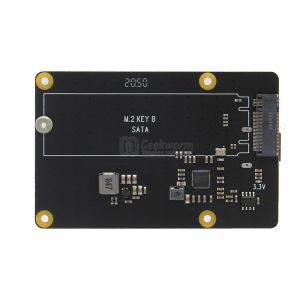
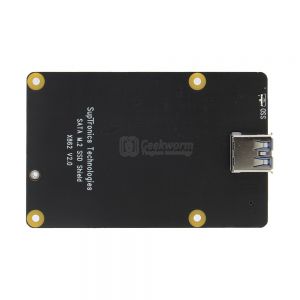
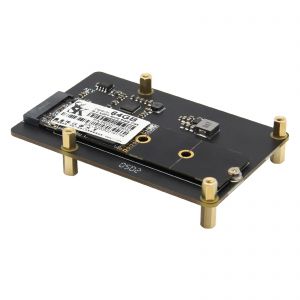
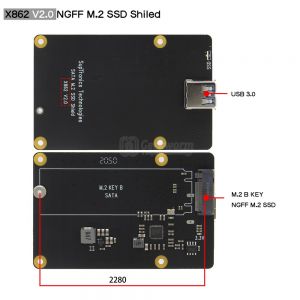
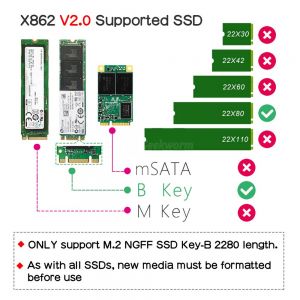
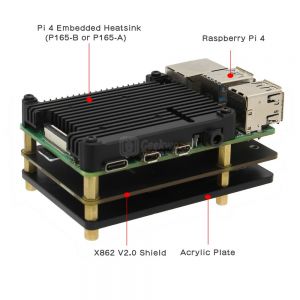
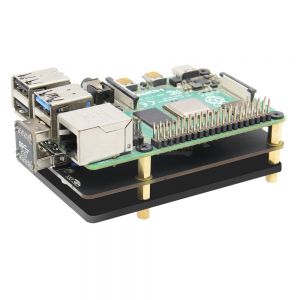
Enable comment auto-refresher
Anonymous user #14
Permalink |
Lisa
Anonymous user #12
Permalink |
Lisa
Anonymous user #13
Lisa
Anonymous user #11
Permalink |
Lisa
Anonymous user #10
Permalink |
Lisa
Anonymous user #8
Permalink |
Lisa
Anonymous user #7
Permalink |
Lisa
Anonymous user #6
Permalink |
Anonymous user #6
Lisa
Anonymous user #6
Permalink |
Lisa
Anonymous user #5
Permalink |
Anonymous user #4
Permalink |
Lisa
Anonymous user #3
Permalink |
Lisa
Anonymous user #2
Permalink |
Cindy
Anonymous user #1
Permalink |
Cindy
Anonymous user #9